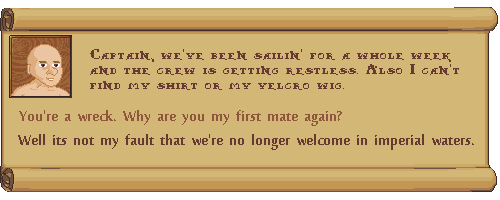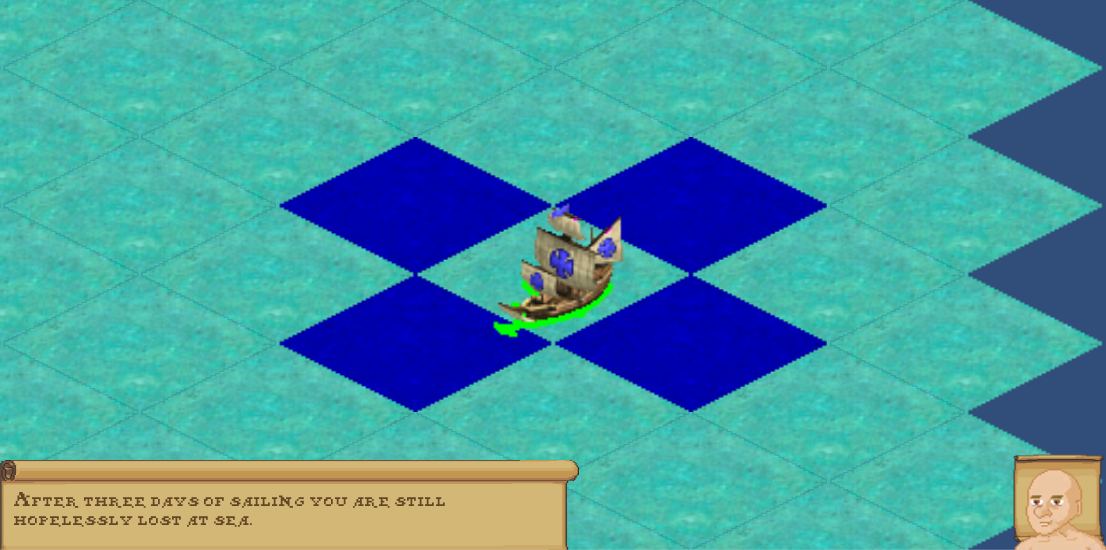Back in 1998 business theorist named William F. Massy got together with the video game developer Trevor Chan and Enlight Software to make a university simulation game called ‘Virtual U‘ with a million dollars. This software was used to train dozens of administrators around the country, and is very important as an artifact of higher education management culture in the 1990s. This post is part of a series of notes concerning it and my continuing research into the informationalization of the modern American university.
The Simulation Engine: Labor
In its modeling of the relations between the university’s administration and its employees, “Virtual U” is strangely deficient. Part of this is due to the scope of the simulation: the “Virtual U” lives in an ephemeral present where some conditions change over time, but there are no emergent long-term trends. In addition, as with most simulation games, the player is dictator and is free to make any changes at whim. The only direct repercussions are pop-up messages that respond to some of the game’s many metrics such as “Alumnus complains about performance of football team” that can be easily ignored.
1. Technology
In “Virtual U” faculty behavior is governed by a complex model that takes into account teaching loads, research projects, discretionary time, and performance ratings in the three areas of teaching, scholarship, and research. As with most models, the details that underlie Massy’s simulation rely on assumptions that are not completely valid.
According to Massy, the increased use of ‘technology’ in the classroom can only have beneficial effects where things such as student satisfaction and faculty morale are concerned. Amusingly, as a producer of technology for use in the classroom, Massy might be slightly biased. While he separately accounts for the impact of distance learning on the total educational quality of courses, Massy ascribes his apparent technophilia to all those involved in the operation of the university. This is a common mistake on the part of many university administrators, who often believe that support for a high-tech agenda is as widespread outside their offices as inside of them. In that case, for what reason was there so much opposition to the advancement of the internet into the curriculum back in the 1990s? Faculty and students at UCLA opposed the implementation of the Instructional Enhancement Initiative in 1997 which proposed the creation of an additional fee per credit hour to improve electronic forms of communication between those teaching their courses and their students. A similar program faced opposition at the University of British Columbia. It turned out both groups had well-founded fears concerning the disguised commercial intent behind these actions. However, as David Nobel writes,
Nevertheless, administrators at both UCLA and UBC decided to proceed with the their agenda anyway, desperate to create a market and secure some return on their investment in the information technology infrastructure. Thus, they are creating a market by at, compelling students (and faculty) to become users and hence consumers of the hardware, software, and content products as a condition of getting an education, whatever their interest or ability to pay.
In “Virtual U,” players are not plagued by these fears and complaints. The simulation ignores this opposition, and both encourages and enables its player to do the same.
Massy also accounts for the stratified nature of the faculty body; in “Virtual U” professors are divided into various groups on the dual tenure and non-tenure tracks. However, in doing so, Massy makes the startling assertion that adjunct professors do no research at all. Today, it is fairly common knowledge that adjuncts are expected to contribute to the operation of the department and university in the same ways as are tenure-track professors: not only as researchers, but also as members of academic committees and as mentors to graduate students. Massy also does not account for the fact that many adjunct professors aspire one day to become tenured ones, and this is reflected in the rigid dual-track nature of the model. In Massy’s defense, however, adjunct professors were less common twenty years ago and faculty handbooks from 1998 still characterized the position as “unusual” or “special circumstances.”
2. Organization
At the University, academic workers outside the top-echelon of tenured faculty, face exploitative working conditions. For example, graduate students are expected to work as researchers and teachers, but are given none of the benefits of being employees. Even those with stipends are often forced into debt as a consequence of attending graduate school in high-priced areas such as San Francisco. Non-tenured faculty, as well, have seen their numbers rise as proportion of the academic force, while their salaries are commonly below those of public school teachers. Dean Ann Marcus, an opponent of academic unionization at NYU, summarized many administrators’ strategies on faculty hiring:
“We need people we can abuse, exploit and then turn loose.”
In “Virtual U” the possibility that there might be anything other than passive opposition to a player’s policies is not accounted for. Faculty will accept lower salaries, but lose morale and have a higher chance of leaving for other institutions. The consequences of raising tuition are similar for students. However, the chance that organized opposition might arise is conveniently left out of the equation. This is particularly glaring in light of recent successes in the unionization of graduate students (and non-tenured faculty). The same can be said for the many facilities workers and physical plant which work to keep the university physically running. In Massy’s model they are completely abstracted out of the picture, with the facilities maintenance cost accumulating in linear proportion to the space in ft² of buildings. Setting wages for this invisible labor is not a part of the game, and the actions of workers are left out of the player’s view.
This lack of representation is in contrast with the real university environment, where, for example, 85% of faculty of faculty at four-year public institutions are unionized (188). The organization of faculty is also not static, as seen in Massy’s model; battles of threats, dismissals, and denials of tenure are fought between university administrations and workers seeking to unionize. Despite the opposition of universities such as Stanford and Brown, a recent ruling by the National Labor Relations Board (NLRB) ruled that graduate students working as assistants must be counted as employees and allowed to form unions.
This once again loops back to Massy’s main failure in his depiction of the operation of a the University: the only entity with any agency is the player. This might be fine for a run-of-the-mill empire building game, but not for a training simulation aimed at future administrators. In ‘Virtual U,’ the player “always knows best.” Members of the various groups affected by the player’s policies, if they are even depicted, are depicted as markets. As individuals they cannot organize in opposition. It is small wonder that in the University today, attempts at unionization are feared by administrators. They simply do not seem to be trained for the possibility.







